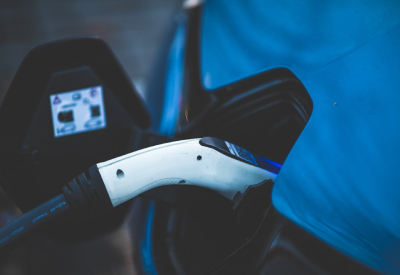Canada Invests in 22 New Fast-Chargers in British Columbia

June 23, 2021
The Government of Canada is building a low-emissions energy future to strengthen the economy, create good, middle-class jobs and support workers in the natural resource sectors. Transportation accounts for roughly 40 percent of the British Columbia’s greenhouse gas (GHG) emissions — with more than half coming from road transportation, including passenger cars and light trucks.
Ken Hardie, Member of Parliament for Fleetwood – Port Kells, on behalf of the Honourable Seamus O’Regan Jr., Minister of Natural Resources, today announced a $1.1-million investment in FortisBC Inc to add 22 electric vehicle (EV) fast chargers to provide British Columbians with more options to charge and drive their zero-emission vehicles (ZEV) where they live, work and play.
FortisBC is also investing just over $1.1 million in the project in the southern interior of the province, and the Government of British Columbia, through the CleanBC Go Electric Program, is contributing another $550,000, bringing the total investment to over $2.7 million.
Federal funding for the project comes through Natural Resources Canada’s Zero-Emission Vehicle Infrastructure Program, which supports the government’s ambitious target to have all new passenger vehicles sold in Canada be ZEVs by 2040.
Canada has invested over $1 billion to make EVs more affordable and charging infrastructure more accessible by establishing a coast-to-coast network of fast chargers and installing chargers in localized areas. The government also provides incentives of up to $5,000 to increase affordability for Canadian consumers to buy EVs and full tax write-offs for businesses purchasing them.
The government supports green infrastructure projects that create good, middle-class jobs, advance Canada’s low carbon future and get us to net-zero emissions by 2050. Partnering on low-carbon transportation projects is just one of the ways FortisBC is achieving its goal of reducing its customers’ GHG emissions by 30 percent by 2030.









![Guide to the Canadian Electrical Code, Part 1[i] – A Road Map: Section 52 — Diagnostic imaging installations](https://electricalindustry.ca/wp-content/uploads/2022/11/Guide-CE-Code-2.png)






